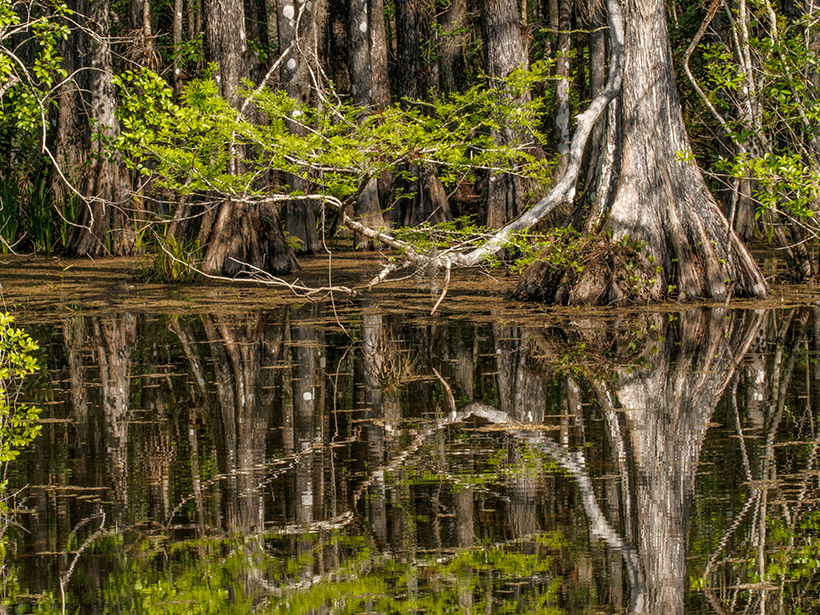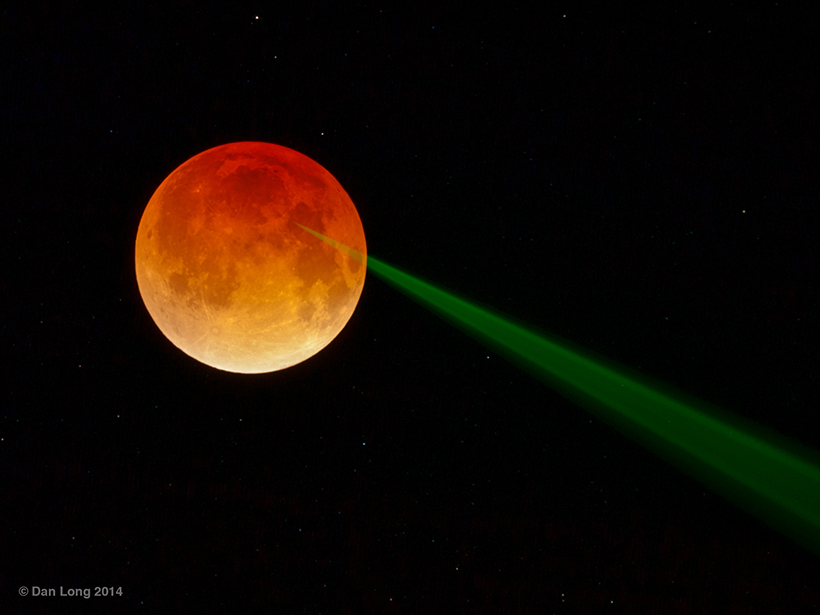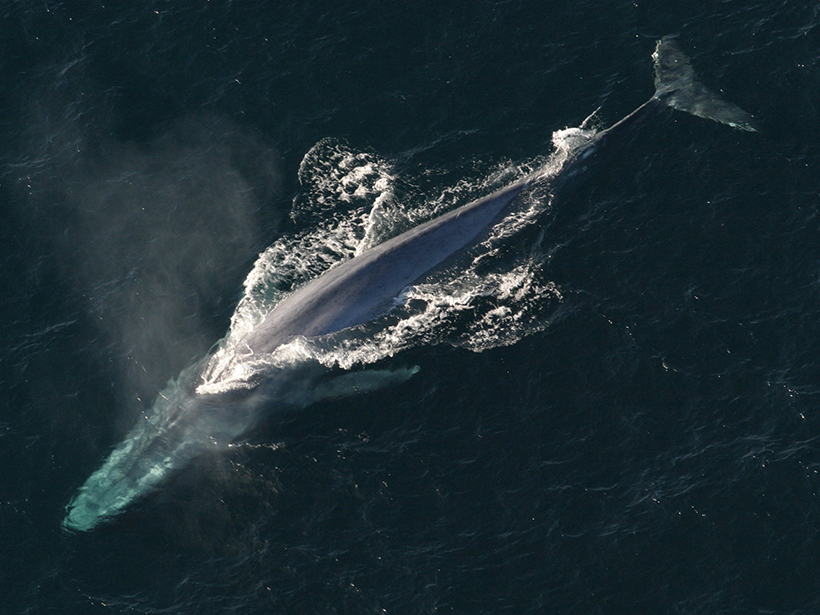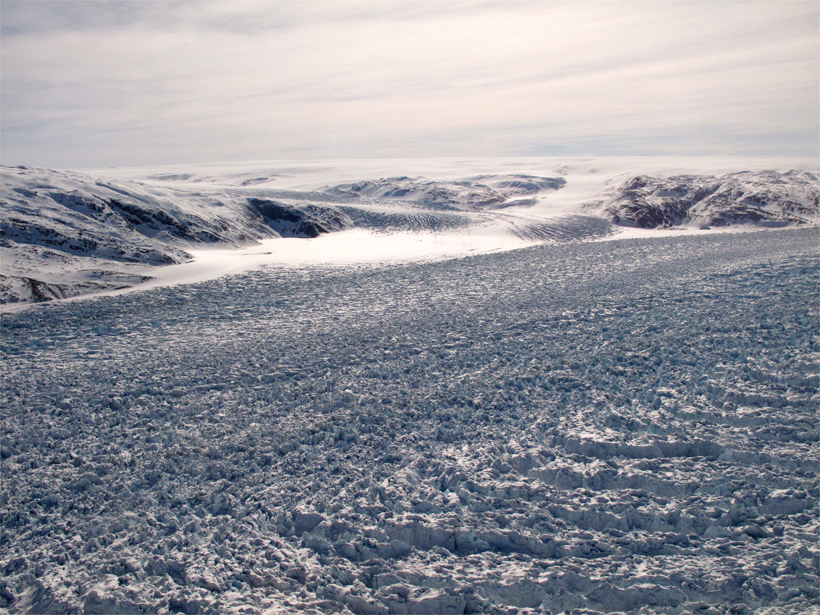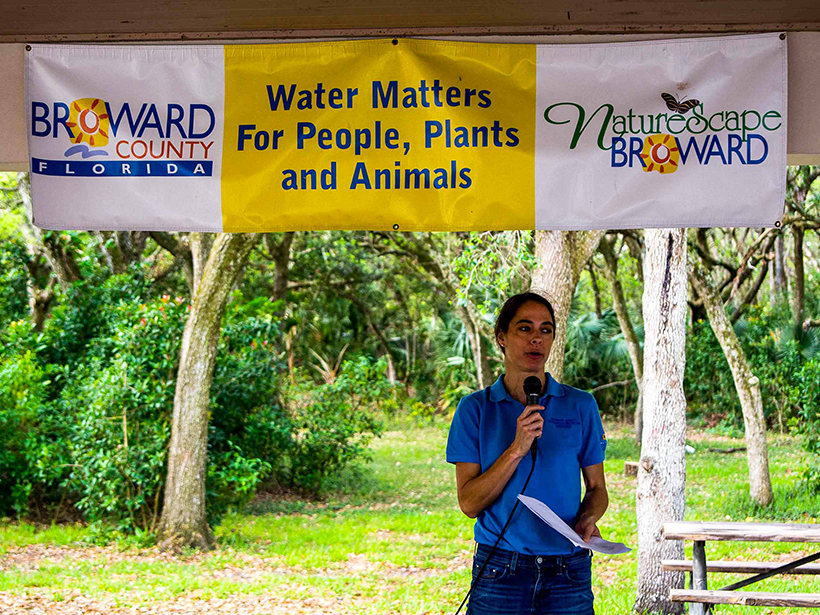A new analysis indicates that the frequency and magnitude of extreme precipitation events are expected to increase as Earth continues to warm.
CC BY-NC-ND 2019
North Carolina Bald Cypress Tree Is at Least 2,674 Years Old
Researchers say it’s the oldest-known living tree in eastern North America. If it hadn’t been protected, it could have ended up as garden mulch.
Seeing the Light
Scientists continue to use Apollo’s last experiment to probe everything from the interior of the Moon to theories of gravity.
National Academy Can Now Expel Scientists in Cases of Misconduct
Members of the National Academy of Sciences recently voted that membership in the 156-year-old institution can be revoked in cases of “egregious violations” of its Code of Conduct.
Ordinary Security Cameras Could Keep an Eye on Rainfall
A new opportunistic sensing strategy could use existing closed-circuit television networks to accurately capture rainfall intensity, despite low-cost equipment and visually complex scenes.
Role of Humans in Past Hurricane Potential Intensity Is Unclear
In recent decades, there have been more intense North Atlantic hurricanes. A new study compares climate models to see whether they can attribute increasing potential intensity to human activity.
Role of Continental Arcs in Global Carbon Dioxide Emissions
Continental arcs are a major player in global carbon dioxide emissions, but quantifying that relationship is hard. A new study accepts the challenge on a global scale over 750 million years.
Seasonal and Annual Changes in Pitch in Blue Whale Calls
Six years of acoustic recordings detect seasonal shifts in blue whale vocalizations that correlate with the presence of icebergs, a primary source of ambient ocean noise in the southern Indian Ocean.
Modeling the Subsurface Hydrology of the Greenland Ice Sheet
Firn aquifers—pockets of meltwater beneath the surface of an ice sheet—could have far-reaching impacts on subglacial hydrology, a new study finds.
Careers in Community Science
Community science brings scientists and communities together to solve local challenges. What are the career paths in community science, and what opportunities might the future bring?


